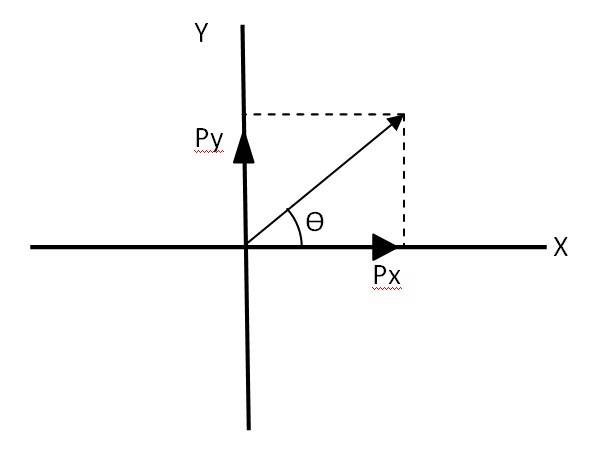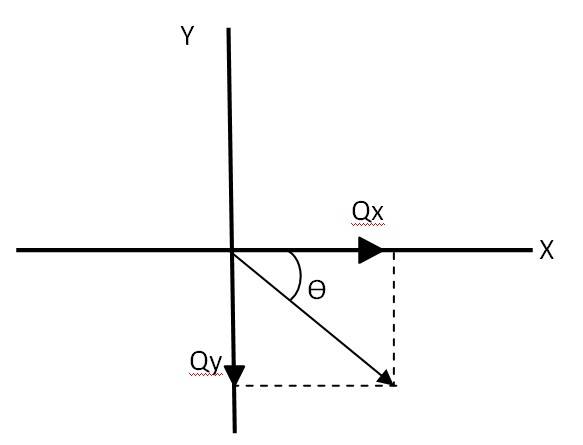What are the main characteristics of SHM?
-
1 Answer
-
The key characteristics of SHM include:
- The amplitude remains constant in ideal SHM.
- The motion is periodic and follows a sine or cosine function.
- The acceleration is proportional and opposite to displacement.
- The time period and frequency are independent of amplitude.
- In SHM, the energy oscillates between potential and kinetic forms, with total energy remaining constant. SHM is a fundamental concept in physics that helps in analyzing wave-based and mechanical systems.
Similar Questions for you
Yes, there are many numerical problems in class 11 Physics. All important formulas must be on figure tips.
Class 11 Physics Chapter 11 is Thermodynamics. It is one of the most important topic in Physics.
There are three main processes Isothermal, adiabatic and cyclic process. In isothermal, the system is thermally conductive and the temperature remains constant. In adiabatic process, the system is thermally isolated and there is no change in heat temperature. The system returns to its initial stage in the cyclic process.
4.22

Let us consider a vector . The equation can be written as
Px = Py = 1 = = = …….(i)
So the magnitude of vector + =
Let be the angle made by vector , with the x axis as given in the above figure
= = , = 45 with the x axis

Let = -
– = ( –
= = 1
= =
Hence = . Therefore the magnitude of ( + =
Let
Taking an Exam? Selecting a College?
Get authentic answers from experts, students and alumni that you won't find anywhere else
Sign Up on ShikshaOn Shiksha, get access to
- 66k Colleges
- 1.2k Exams
- 680k Reviews
- 1800k Answers
